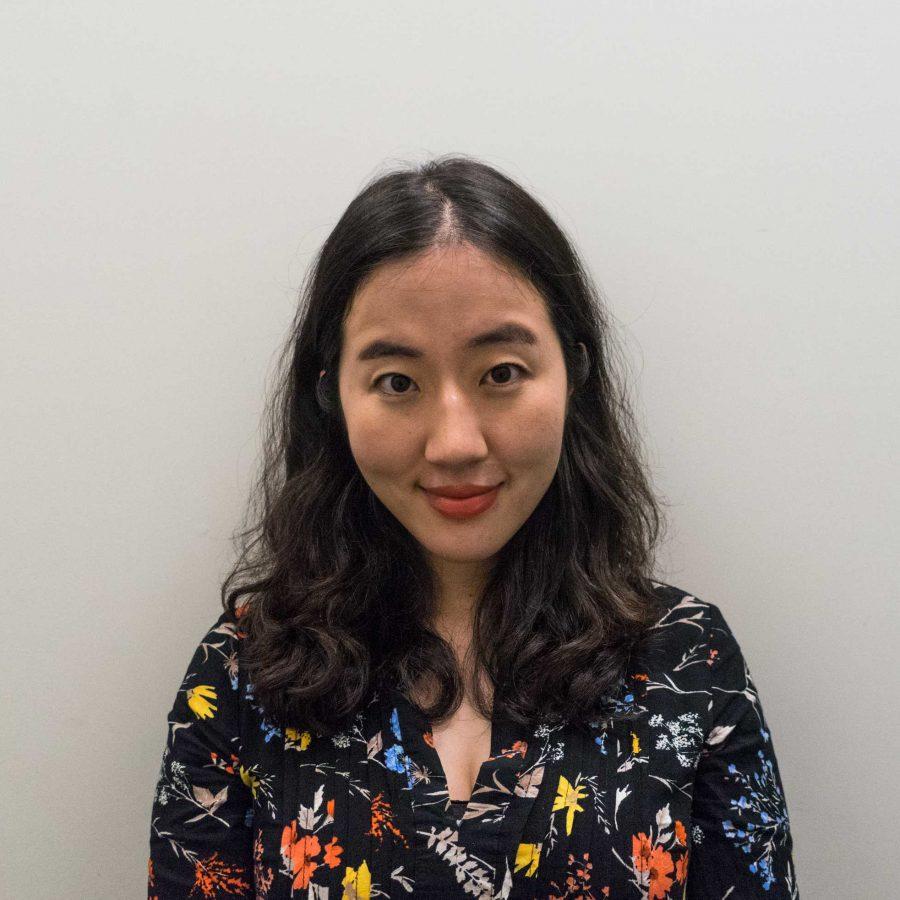Assumptions made about ethnicity and gender is a topic that has been widely discussed. One aspect of these discussions that often comes up is that people of color who identify within the same ethnicity group tend to be viewed as all being one in the same. But this is hardly the case. Just like with any other group, ethnic communities all vary in numerous ways. It is crucial for both majority groups and minority groups to understand this in order to gain a more accurate perspective of our diverse society and our own communities.
At times, I find breeches between my own perception and those of others who have similar ethnicities as mine. An example of this was in one of my writing assignments for Tisch. I had to write a musical theater “scene-to-song” sequence based on one of two articles regarding the court hearings on the death-by-hazing incidents. One of these articles described an incident which took place in an Ivy-League school where the perpetrators were all Asian. I was inspired to write a song about a Korean father devastated over the misery of his supposedly talented boy — one of the perpetrators. Yet when I finally proudly presented my product to my professor, a second-generation Asian-American, he grew silent for a while. I had been expecting his heartfelt empathy — or even his compliments — but instead, I saw him grow reflective.
“I don’t think you truly understand the nature of the relationship between a first-generation Asian father and a second-generation son,” he said. “The relationship is bound to be fraught with complications.”
I remember feeling like I’d just received a blow to the face: I’d just been told that I, being Asian, could not understand what it’s like to be another sort of Asian.
Today, I appreciate this comment by my professor because it gave me insight into my own experiences and into those of others. When I was still forming my own identity, I was living in South Korea in a relatively mono-ethnic nation where I was considered a part of the majority. I fit the physical profile — with my black eyes, black hair and pale skin. People around me spoke my language and shared the same traditions — even if it varied in some respects. The Korean popular media featured positive role models who were my race, and I’ve often witnessed stars who, if not for their thin size, picture perfect looks and double eyelids, could very well be me. This ambience fostered a comfortable degree of self-assurance, and the art I produced came to reflect my state of mind.
This self-assurance, interestingly enough, did not waver upon my entrance into the United States. When I entered the U.S. as an NYU Tisch student and prospective musical theater artist, I soon realized that in expressing myself in my medium, the tradition and heritage which were perceived as mundane on my part were deemed by Americans as to be exotic commodities. The fact that I was perceived as different did not offend me, as it would Asian Americans, since I knew myself to be so; rather, I cherished and reveled in my unique disposition and wore it like an ornament at every opportunity, exploiting it in creating works of art.
Upon reflecting, I now realize that I was afforded the cushion and comfort of growing up in a place where I was not perceived as different, so I’ve wondered how it must be for others who were marginalized from early childhood. They have had to battle in order to merely find their own identity. In addition, they are constantly expected to be different, even though they are American like any other. If you look Asian, people often tend to inquire, quite innocently, “where are you (really) from?” While people like me could casually tell them I was born and raised in a nation all the way across the globe, some people must solemnly question their own origin, their roots, who they really are.
The need to have certain types of people fit certain expectations is a need which should be discarded. If we consider individual accounts and personal histories without the biased stance we often take, perhaps we’ll finally be capable of representing even more people in a positive light. Not putting people into obscure boxes and categories is the first and crucial step on the long road to equality.
Art in Color is a column that strives to answer the question of how artists of color — who set themselves apart from other artists with their ethnicity and the exotic quality their works possess — meet the challenges posed by the beloved visionary of creation.
Ash Ryoo is a student of the NYU Tisch Graduate Musical Theater Writing Program. Email Ash at [email protected].
Opinions expressed on the editorial pages are not necessarily those of WSN, and our publication of opinions is not an endorsement of them.






















































































































































